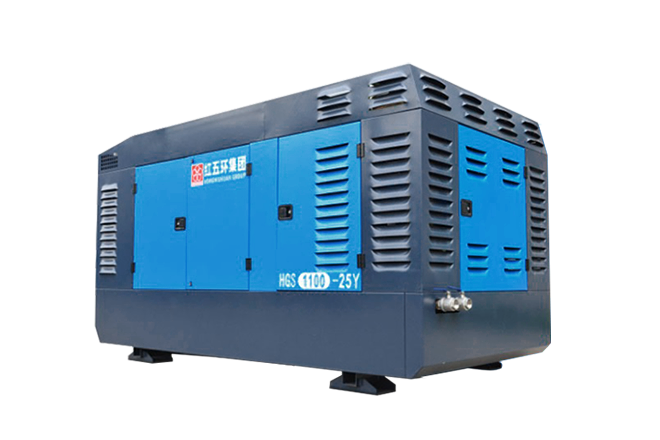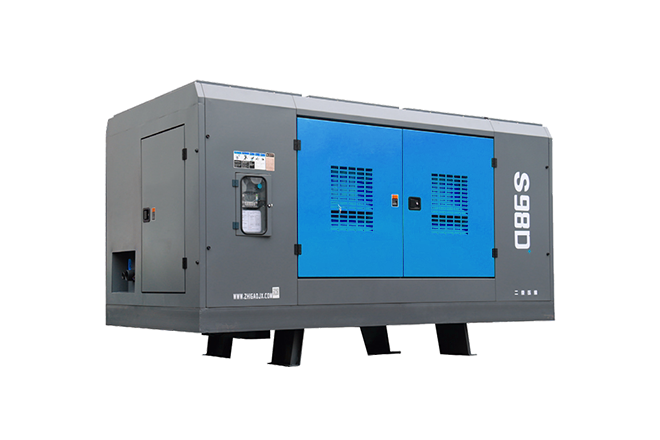6 Tips For Air Compressor Maintenance
Nov 15, 2023
.jpg)
.jpg)
An air compressor is an expensive investment in any production facility. With frequent usage, especially in high-performing businesses, it’s easy to forget that it needs routine maintenance to function effectively.
Purchasing an air compressor is not the beginning and end of it. Like all machinery, after extensive use, minor wear-and-tear issues can occur. However, if these problems are overlooked, they can develop into major costly repairs.
To better perform air compressor maintenance, follow these tips:
1. Intake filter
The intake filter is used to clean the air that is being drawn into the air compressor. Particles can damage the air pump mechanism, so it is important to maintain proper filtration levels. However, as the intake filter accumulates debris, the pressure drop will increase. If it is not properly monitored and cleaned, airflow will be restricted. This causes the motor to run harder and hotter, and makes the air compressor less efficient.
2. Compressor Oil
The oil, like in your car, has to be changed after so many hours of operation. It reduces the friction among all the moving parts, also reducing the heat buildup.
The oil in your compressor will experience a steady decline over time, as droplets get absorbed into the air and either escape or are removed by the air filters and drainage system. As a result, you should check the oil level before starting your compressor each day, using either the dipstick or sight glass. Most systems will have an oil sight gauge to verify proper levels. In larger systems, the oil can be checked for acidity which will tell you the level at which the oil is breaking down.
HOW TO INSPECT AIR COMPRESSOR OIL
To inspect your oil-injected air compressor’s oil level, here’s what you should do:
Ensure that all equipment is disconnected from the power source.
Place your air compressor on a flat surface and remove the fill cap.
Look for dirt or foreign objects and debris that might have gotten into the crankcase.
Measure the quantity of the oil with a dipstick, which should not exceed sit between the bottom and top marks for the sight glass.
3. Belts and Couplings
These items transmit power from the motor to the air pump. Check alignment, condition and tension (belts only) per manufacturer's specifications. You should have spare parts on hand in case any malfunctions occur.
Check and replace worn belts and pulleys regularly. It is important to maintain proper tension to prevent slipping.
4. Air Separators
The purpose of an air compressor is to produce clean, pure, compressed air that will ultimately power numerous functions.If the air filter is dirty, impurities and particulates could corrupt the compressed air and degrade the quality of end-point applications. These pollutants can become a problem for air compressors, causing valve malfunctions, obstruct lines, or inflict unnecessary wear and tear.
Therefore, clean the air filter regularly. Change it out at regular intervals, which vary based on the environment.
HOW TO CHANGE AN AIR COMPRESSOR FILTER
Make sure the compressor has cooled off and then remove the old air filter by unscrewing the filter top and base.
Check the base for dust and other impurities that could have been trapped in between the crevices. Use a blower to ensure everything is removed.
Attach a new filter on the filter base before screwing the filter top back again and securing the filter.
5. Oil Separators
Oil filters are used to remove metal filings, calcium and other materials in the oil. Filtering these contaminants from the oil will extend its life.
Check oil filters weekly, regardless of whether the compressor is lubricated or non-lubricated. Moreover, replace the oil filter entirely at recommended intervals, which can range from 4,000 to 8,000 hours of use depending on your unit. If the oil filter gets heavily covered in oily residue before that time, replace it sooner.
HOW TO CHANGE AN OIL SEPARATOR
Open the valve to let out any air trapped inside the compressor.
Locate the separator and remove the bolts to loosen it. Remove the separator lid and be careful not to drop any objects into the system.
Clean the surface of the lid as well as the housing. Don’t forget to include the holes and the bolts.
Replace the old separator filter with a new one and reattach the housing to the system. Use the right wrench to reattach the bolts and other parts.
5. Internal filter
Some air compressors come with a refrigerated air dryer. With these types of air compressors, they will put a coalescing filter in place to remove any remaining oil. These filters should be checked for pressure drop. If the pressure drop is too high, it can deprive the compressed air system of air pressure. Some filters come with a pressure drop indicator that can help you determine the life of the internal filter element.
6. Unloader Valve
When the air compressor is unloaded, this valve will help remove any compressed air trapped in the air pump chamber. Therefore, when the air compressor restarts, it does not have to "work" against this "trapped" air pressure. Without complete unloading, the air compressor will have to work harder to restart, wasting energy.
Preventative maintenance is very important, and checks need to be performed periodically. D Miningwell will give the guidance on installation and maintenance after you get machine. As for a schedule, we created a rough sequence to verify, change, or clean certain items that are important to your air compressor.
| RECOMMENDATION | DAILY | WEEKLY | MONTHLY | QUARTERLY |
| Check Oil Level | X | |||
| Drain Moisture from Tank(s) | X | |||
| Inspect Air Filter(s) | X | |||
| Check for Unusual Noise or Vibration | X | |||
| Inspect Belt Guard | X | |||
| Check for Air or Oil Leaks | X | |||
| Clean Exterior of Air Compressor | X | |||
| Check Condition of Vibration Pads | X | |||
| Tighten/Retorque Bolts | X | |||
| Check Belt Tension | X | |||
| Check Operation of Safety Valve | X | |||
| Change Compressor Oil | X | |||
| Clean/Change Air Filter | X | |||
| Perform Pump Up Time Test | X | |||
| Check Operation of System Controls | X | |||
| Check Air Tanks for Dents/Leaks | X |
Related news



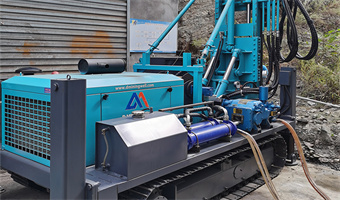

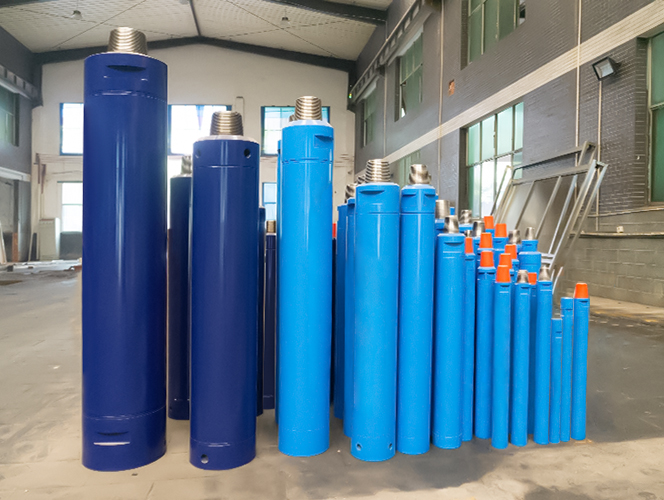

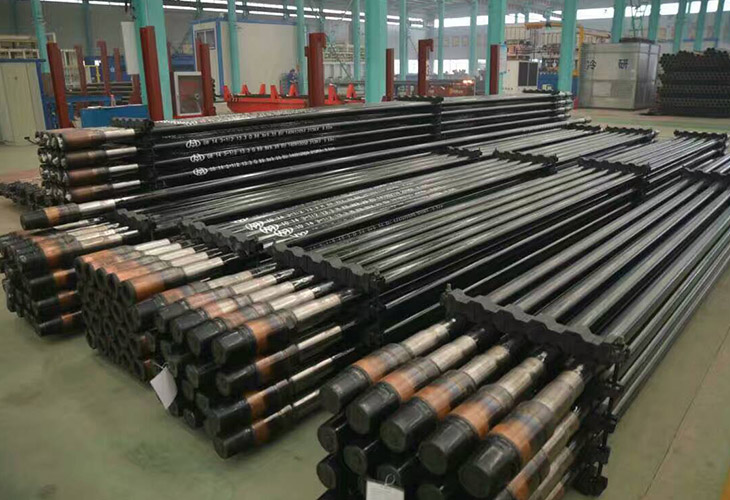
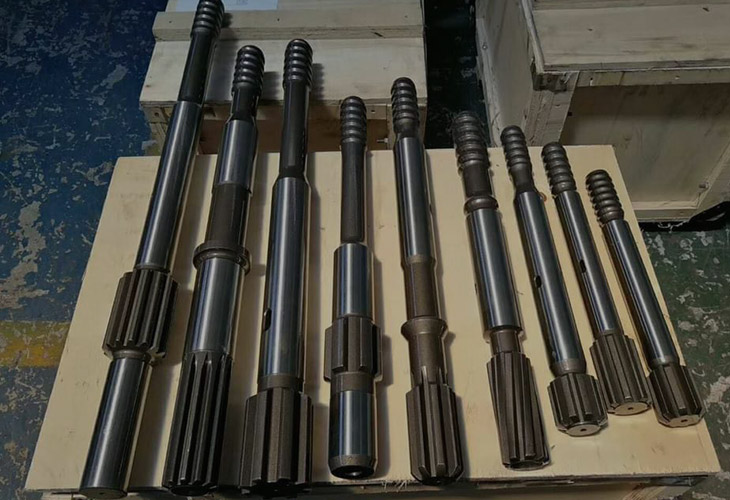

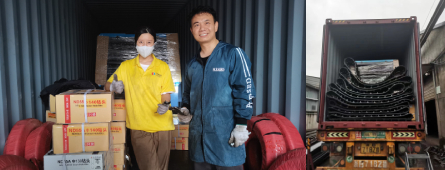
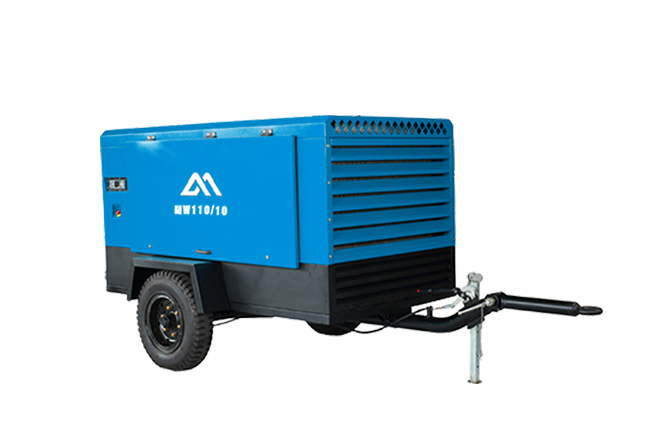
.png)
.png)
.png)
.png)
